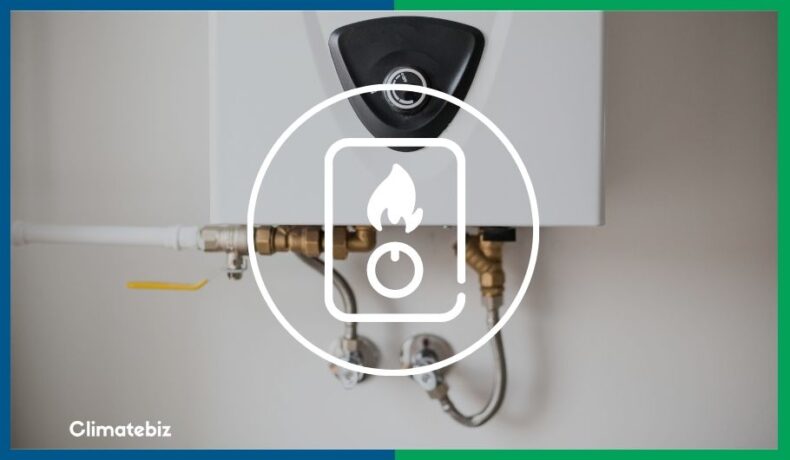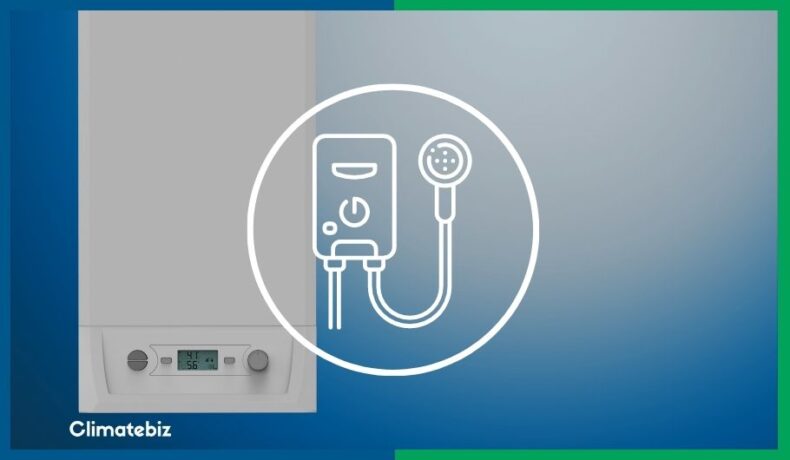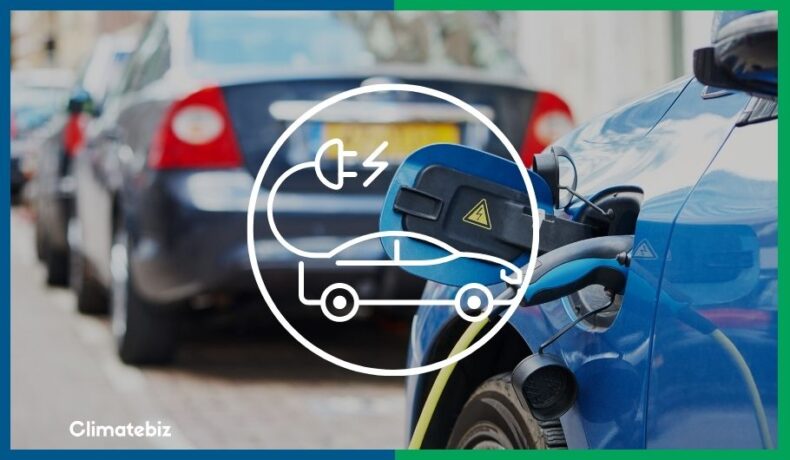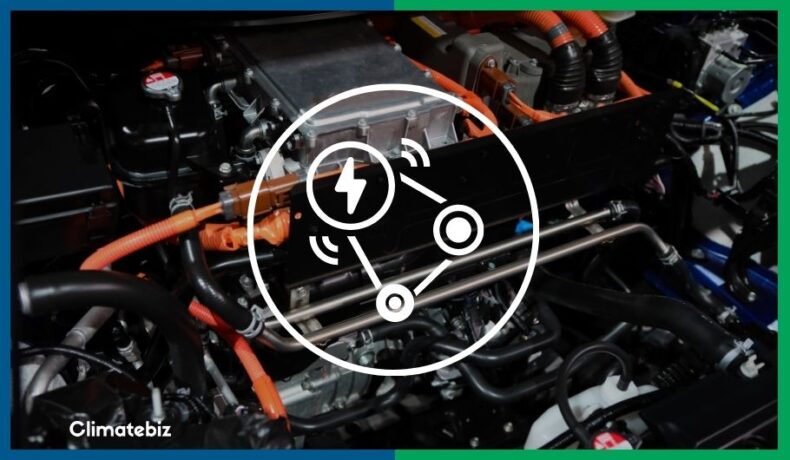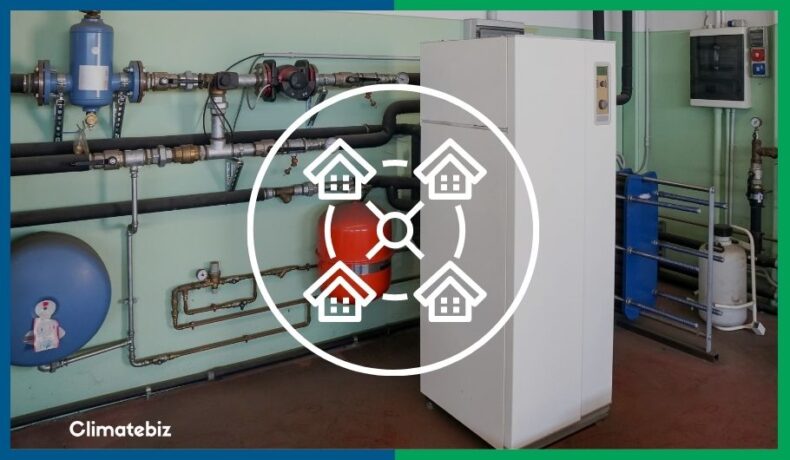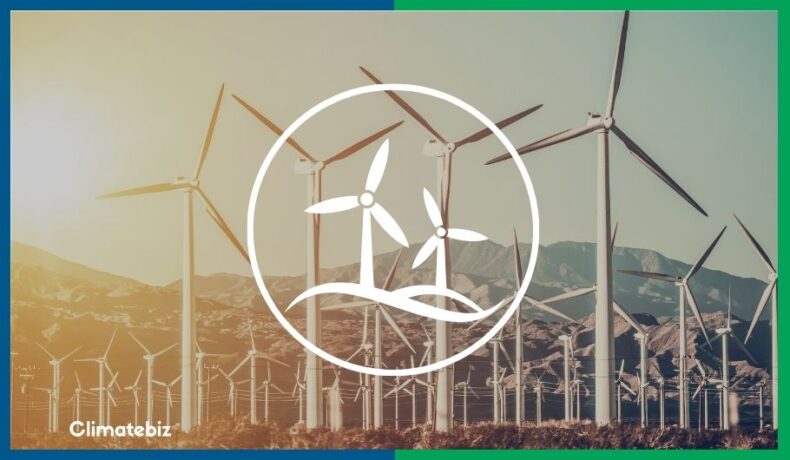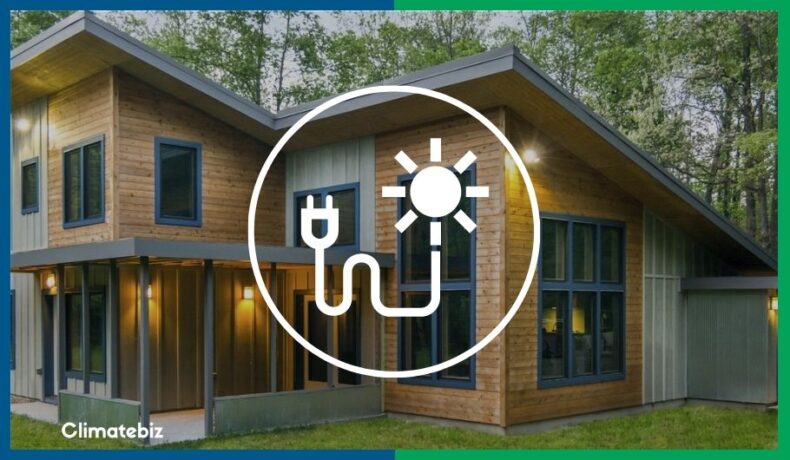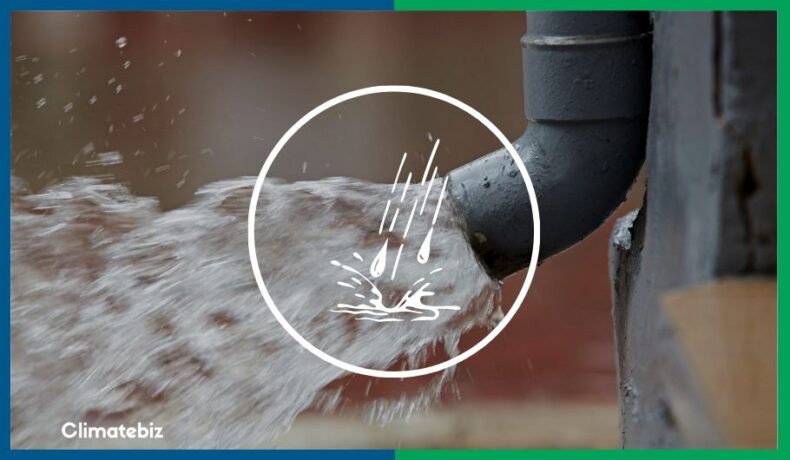11 Best Gas Tankless Water Heaters (Worth looking at)
Tankless water heaters are an efficient and cost-effective replacement for storage tank water heaters. Like your standard geyser, tankless water heaters can be powered by either propane or electricity. But, what are the best gas tankless water heaters out there? Gas tankless water heaters (GTWH) heat water using a pilot flame. When you turn on … Read more


